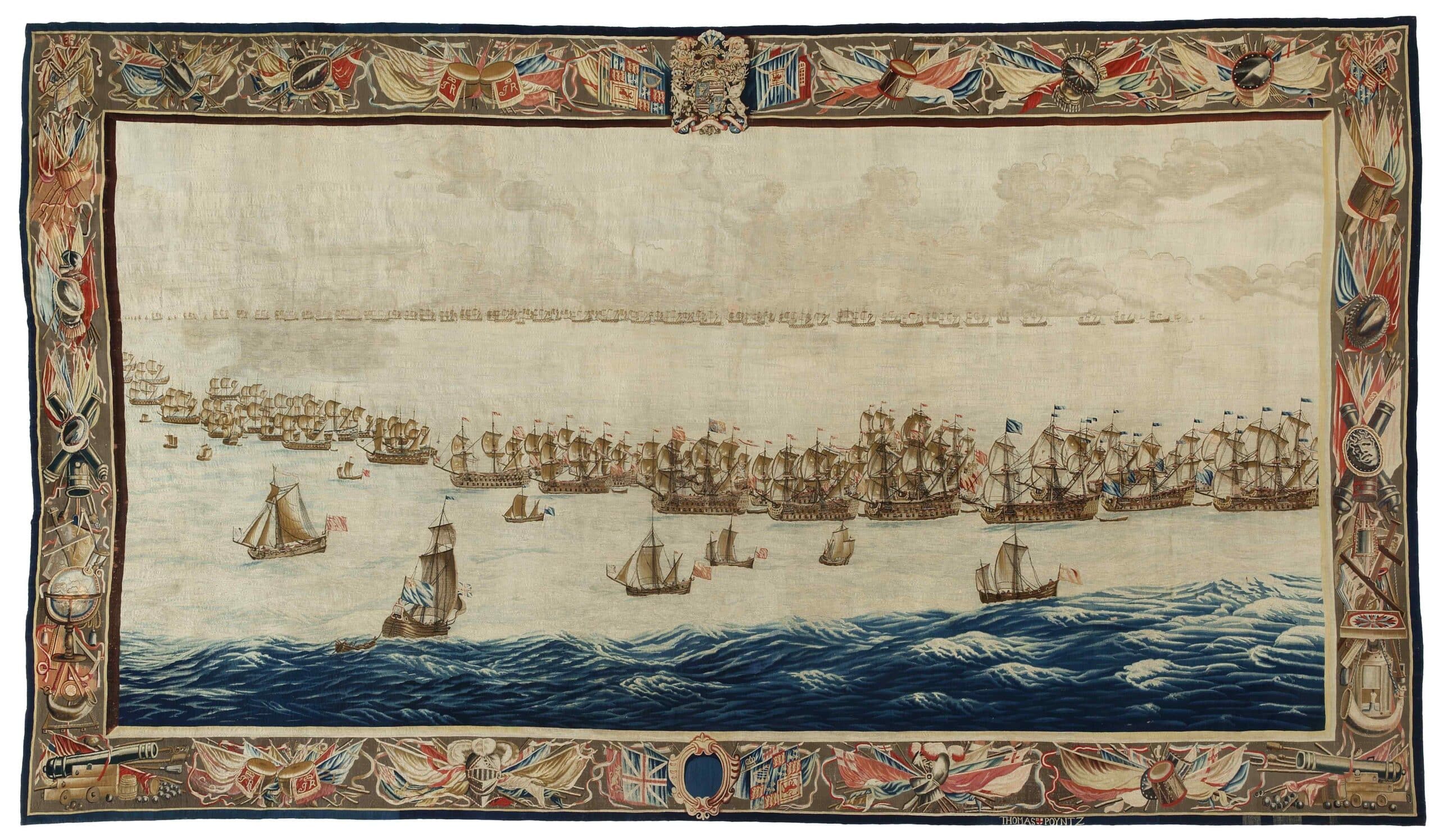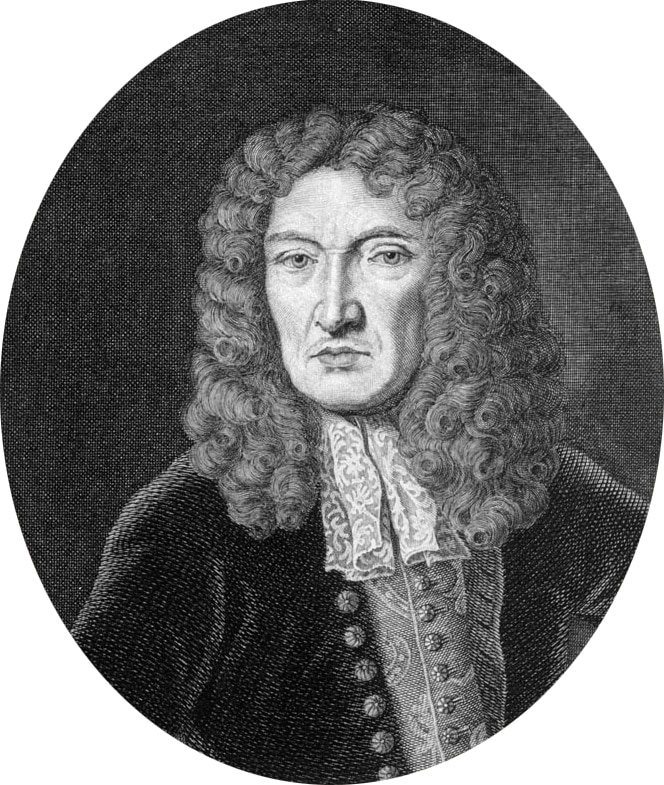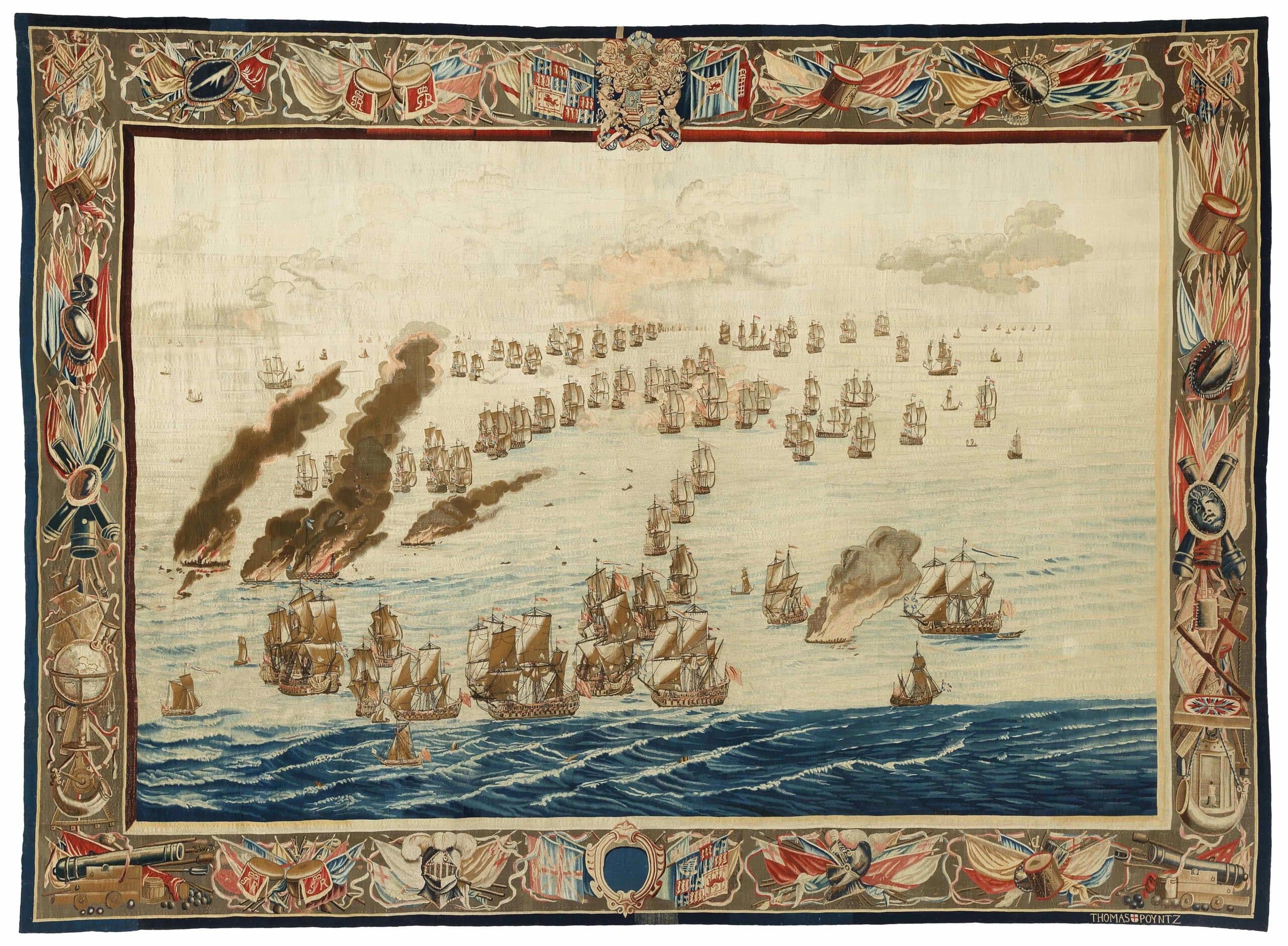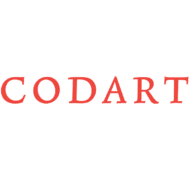National Maritime Museum Purchased Two Rare Tapestries Designed by Willem van de Velde the Elder
The National Maritime Museum in Amsterdam (Het Scheepvaartmuseum) has purchased two rare tapestries designed by Willem van de Velde the Elder (1611-1693) in England. It is the largest acquisition in the history of the museum and is an important transaction for Dutch-English heritage. The artworks arrived at the museum this week and will be on display to the public from 2 October 2020.
The two Van de Velde tapestries are part of a series of six. They depict various scenes from the Battle of Solebay in 1672. The two works are exceptionally rare. They are the last two pieces that will ever appear on the market. Four tapestries from the series are in the possession of American museums and are not accessible to the public. The colossal tapestries purchased by the museum have been restored with great care in recent years. The tapestries will be on display for the public to view for the first time during the big Van de Velde exhibition that opens at the National Maritime Museum in Amsterdam (Het Scheepvaartmuseum) on 2 October 2020. Given its scale, this retrospective exhibition is a world first. The works will be on display to the public permanently after the exhibition.
 The Fleets drawn up for Battle, woven after a design by Willem van de Velde the Elder, after 1685
The Fleets drawn up for Battle, woven after a design by Willem van de Velde the Elder, after 1685© National Maritime Museum, Amsterdam
Willem Van de Velde the Elder
Willem van de Velde the Elder (1611-1693) is regarded as one of the most eminent maritime artists of the seventeenth century. His meticulous and elaborate pen-paintings were very popular in high society and affluent circles both nationally and abroad. Van de Velde and his son Willem, also a maritime artist, departed for England during the winter of 1672-1673 to work at the royal court on the King’s invitation. There, in addition to various pen-paintings and a few oil paintings, he created the designs for the series of imposing tapestries. These tapestries demonstrate the expertise, versatile talent and powers of observation of Van de Velde the Elder. The colossal tapestries are an important addition to the sketches, pen-paintings and paintings of Willem van de Velde the Elder and his son Willem van de Velde the Younger that make up the National Maritime Museum’s collection and that of the Collectie Nederland.
 Willem van de Velde, by Gerard Sibelius after Godfrey Kneller
Willem van de Velde, by Gerard Sibelius after Godfrey KnellerWorld class artworks
The two Van de Velde tapestries are part of a series of six. They depict various scenes from the Battle of Solebay in 1672. The two works are exceptionally rare. They are the last two pieces that will ever appear on the market. Four tapestries from the series are in the possession of American museums and are not accessible to the public. The colossal tapestries purchased by the museum have been restored with great care in recent years. The tapestries will be on display for the public to view for the first time during the big Van de Velde exhibition that opens at the National Maritime Museum in Amsterdam (Het Scheepvaartmuseum) on 2 October 2020. Given its scale, this retrospective exhibition is a world first. The works will be on display to the public permanently after the exhibition.
 The Burning of the Royal James (Later in the Day), woven after a design by Willem van de Velde the Elder, after 1685
The Burning of the Royal James (Later in the Day), woven after a design by Willem van de Velde the Elder, after 1685© National Maritime Museum, Amsterdam
Royal commission
Van de Velde the Elder adapted his original drawings for the design of the series of tapestries at the request of King James II. The tapestries were woven by Thomas Poyntz in the royal weaving mill at Mortlake near London. The largest tapestry, impressive at almost 6 by 3.3 metres in size, depicts the formation of the fleets preceding the battle. The second tapestry of 4.5 by 3.3 metres depicts a successful fire ship attack on the Earl of Sandwich’s imposing English flagship the Royal James.
Tapestries in the Van de Velde exhibition
The tapestries will be on display for the public to view for the first time during the big Van de Velde exhibition at the National Maritime Museum in Amsterdam (Het Scheepvaartmuseum) from 2 October 2020 through 5 April 2021. The museum is hosting a retrospective exhibition of artists Willem van de Velde the Elder and his son Willem van de Velde the Younger during this time. This is a world first for the National Maritime Museum in Amsterdam: never before has so much work by both artists been collected nationally and internationally for an oeuvre exhibition of this kind.





